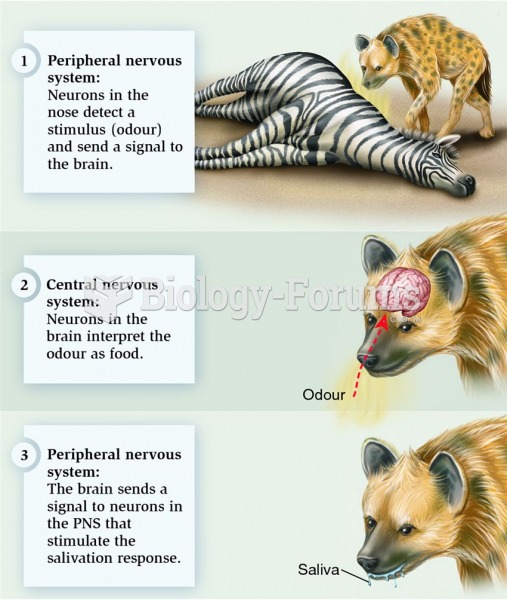Answer to Question 1
Criminal procedure is a journey, and hardly anyone ever goes further than the first leg
(public places). The stages/steps in this journey are: (1) public places; (2) police
stations; (3) prosecutors' offices; (4) trial courts; and (5) appeals.
In public places, police officers investigate suspicious behaviors. Officers may arrest
some individuals and take them to the second leg of the criminal justice road map. At
the police station, individuals are detained, identified, interrogated, and investigated.
If the police believe arrested suspects should be charged, they are referred to the
prosecutor. While arrested suspects wait in jail or they are free on bail, the action
moves to the prosecutors' office. Evidence is reviewed and prosecutors decide
whether to charge suspects or divert them to other social services. If a suspect is
charges, the case continues to the next destination, the courthouse. At court, the
charges are read against the suspect and their constitutional rights are explained. A
plea is given, bail may be granted, and a lawyer may be appointed. 5-10 out of 100
defendants have a public trial. After conviction, sentencing occurs. In the final step of
the criminal justice road map, appeal, a court reviews the trial court decision.
Answer to Question 2
In a constitutional democracy, two values make life in a free society worth living.
First, there is community security, which focuses on making people as a community
safe. This is balanced against the value of individual autonomy, where a person alone
controls his/her life. However, that individual control does not allow a person to
commit crimes that would violate the community's safety or the rights of other
individuals.
The balance between crime control and individual rights is a flexible one. It shifts
depending upon the circumstances. Rather than being a fixed point on a spectrum
between total control and total freedom, the right balance falls within a zone. This
zone is a choice between order and liberty. During certain times individual liberty may
be sacrificed for increased order, while at other times the opposite may occur.








